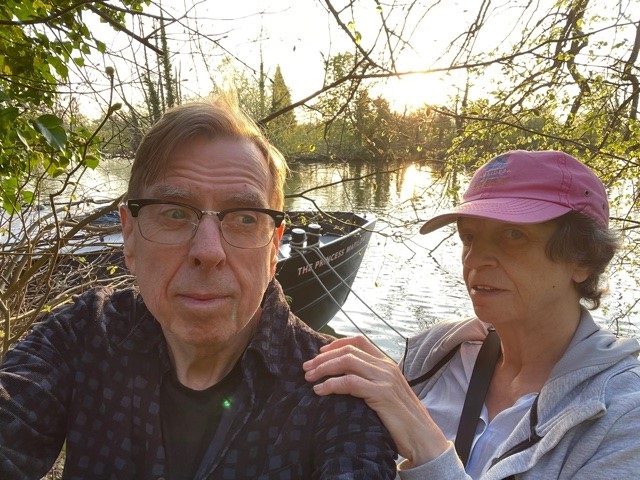How Waterways Can Help
Waterways create active travel corridors that connect communities and provide free, inclusive and level routes for walking, jogging, cycling and more. Cycle routes, long-distance paths and the national footpath network often link to waterway towpaths, enabling improved connections at a local level.
Due to their industrial past, hundreds of towns and cities are already on the waterways network; restoring up to 500 additional miles would add dozens more.
These reinvigorated routes can provide traffic-free paths for people living in rural areas to access bigger settlements, and passage out to the countryside from inner city and urban areas. The regeneration of a waterway can also spur local communities to take ownership of it, and work together to maintain and enhance “their” community asset.
Within cities, waterways are blue-green routes that should be considered part of sustainable transport networks contributing towards zero carbon, economic recovery and changing behaviour patterns.


